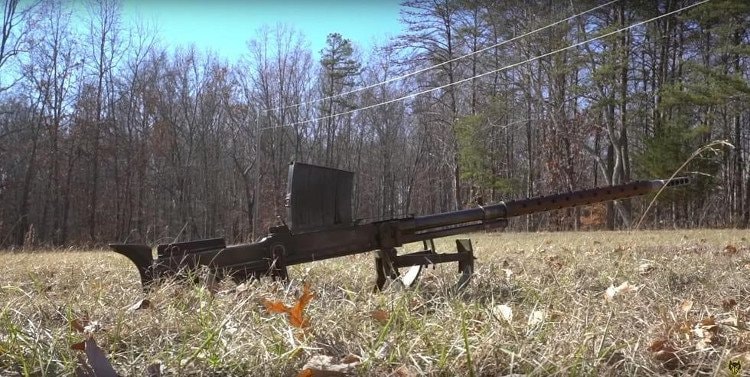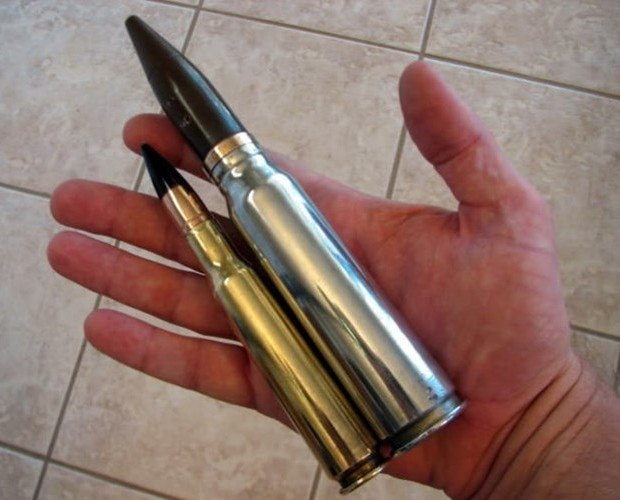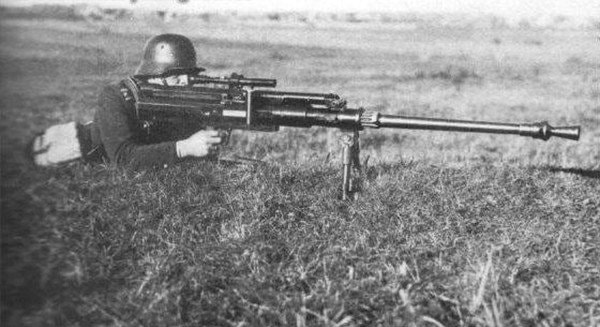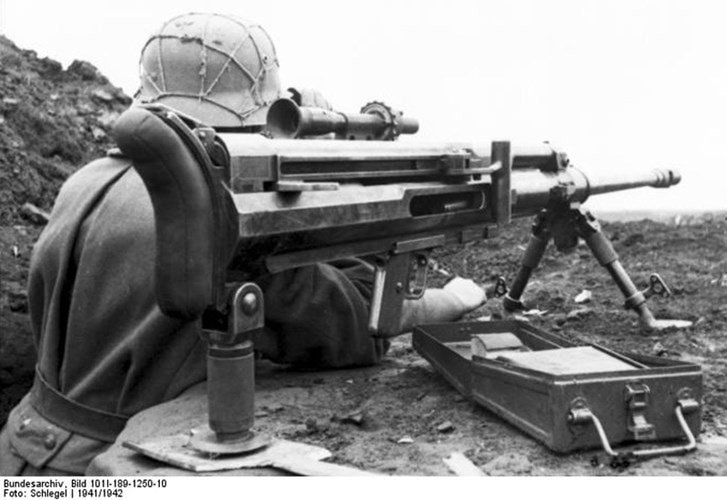The 20mm rifle was designed to shoot down enemy light armored vehicles with terrifying power.
 |
| The 20mm rifle named L39 is a model of anti-armor personal weapon, the gun was designed by Finland in 1939 and nicknamed "Elephant Hunting Rifle" because it was able to shoot through light tanks at that time. (Photo source: Sina). |
 |
| The purpose of this gun is not to damage enemy armored vehicles and light tanks, but its armor-piercing ability is used as a way to eliminate the crew in the vehicle. At a distance of less than 100 meters, the gun can penetrate 30mm thick armor and still be able to "double penetrate" 2 people sitting in the vehicle if they are sitting in a straight line. (Photo source: Sina). |
 |
| The power of a 20mm bullet when it leaves the gun barrel. (Photo source: Sina). |
 |
| The massive caliber of the 20mm rifle (right) compared to the 12.7mm caliber (left). (Image source: 9gag). |
 |
| In the early days of World War II, individual anti-tank guns were not yet well developed, so the use of individual anti-tank rifles was mandatory and also the simplest way to deal with enemy armor. (Photo source: Pinterest). |
 |
| Each country tried to produce its own type of anti-tank rifle with a minimum caliber of 12.7mm up to 20mm. (Photo source: WW2zone). |
 |
| However, these guns are often too bulky, too heavy, taking a long time to deploy, and are not mobile on the battlefield, making them easily defeated by enemy infantry. (Photo source: Funnyjunk). |
 |
| Along with that, the rapid development of tanks when the armor gradually increased to hundreds of millimeters made these gun models gradually useless, moreover, the birth of grenade launchers and personal anti-tank guns also put an end to this type of long-barreled, high-explosive rifle. (Photo source: Militaryweapons). |
According to Kienthuc









